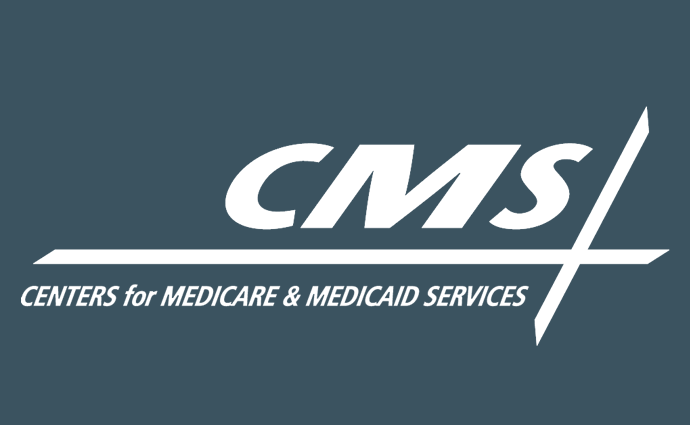CMS Projects 2024 Medicare Part D Premiums Will Fall by 1.8%
The projected decrease in Medicare Part D premiums reflects premium stabilization and improved Part D benefits, both tied to the Inflation Reduction Act.

Source: CMS Logo
- Medicare Part D premiums are projected to decrease from $56.49 in 2023 to $55.50 in 2024, CMS announced.
The projected average Part D premium represents the sum of the average basic premium and the average supplemental premium for plans with enhanced coverage.
The breakdown of the 2024 premium consists of a $34.50 basic Part D premium and a $21.00 supplemental Part D premium.
The agency expects the total Part D premium to fall by 1.8 percent next year, partly due to premium stabilization.
Starting in 2024, the Inflation Reduction Act limits the growth in the base beneficiary premium to a 6 percent annual increase. The base beneficiary premium is the basis for calculating a plan-specific Part D premium. This premium will increase by 6 percent in 2024 to $34.70. Without the Inflation Reduction Act provision, the cost would have been $4.65 higher at $39.35.
The premium stabilization will help slow the growth in the average basic premium, leading to a lower average total premium.
The decreased Part D premium also reflects improved basic Part D benefits. In 2024, the Inflation Reduction Act will cap annual out-of-pocket costs, limit cost-sharing for covered insulin products, and eliminate cost-sharing for recommended adult vaccines.
According to a report from the Office of the Assistant Secretary for Planning and Evaluation (ASPE), the Inflation Reduction Act policies will save beneficiaries an average of 15 percent in annual out-of-pocket prescription drug costs in 2024. This translates to a $3.6 billion decrease in out-of-pocket prescription drug spending for Part D beneficiaries.
CMS is also requiring Part D plans to direct concessions received from pharmacies toward the prices that beneficiaries pay at the point of sale. This change aims to improve price transparency and market competition in the Part D program, CMS said. Additionally, the policy is projected to reduce Part D beneficiary out-of-pocket costs by $2.62 billion in 2024.
Despite projected declines, data has suggested that rising drug costs could be driving premium increases. A report from eHealth, Inc. found that the average monthly premium for Part D plans rose by 45 percent from $22 in 2022 to $32 in 2023, marking the second consecutive year of Part D premium growth.
